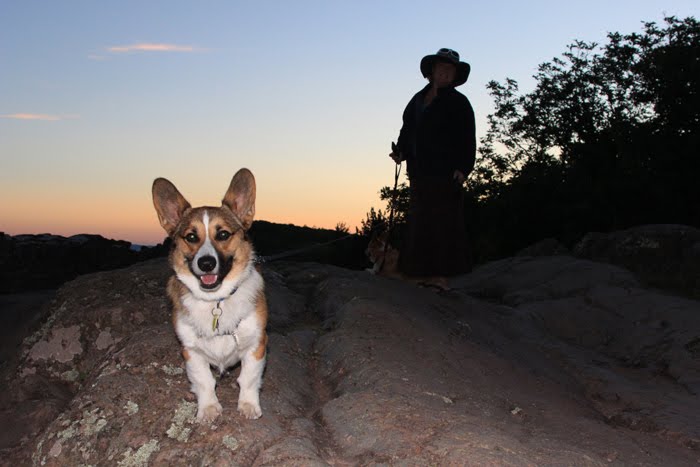
 During the period around 1950 he designed five wire pieces that became known as the Bertoia Collection for Knoll. Among them the famous 'Diamond chair' a fluid, sculptural form made from a molded lattice work of welded steel.
During the period around 1950 he designed five wire pieces that became known as the Bertoia Collection for Knoll. Among them the famous 'Diamond chair' a fluid, sculptural form made from a molded lattice work of welded steel. In Bertoia's own words, "If you look at these chairs, they are mainly made of air, like sculpture. Space passes right through them."

Bertoia's "Textured Screen" caused much controversy when it was unveiled for the Dallas Public Library in 1954.

In the Yale Public Art Collection: Sculpture Screen, 1958
Harry Bertoia (1915-1978)
Location: Lobby of Davies Auditorium, Becton Center
Experimenting with the use of metal in furniture-making and sculpture, Harry Bertoia expanded the possibilities and concerns of modern art. Sculpture Screen is one of his so-called multiplane constructions, a series of uniform shapes welded together in a loose pattern. Five horizontal rows of golden rectangles project at differing levels from the three anchoring poles, creating a continuous undulating field. The work’s large size invites viewers to walk its length and observe the play of light at different angles on its reflective, textured surfaces. Sculpture Screen thus uses light to create the illusion of movement, unifying its broken space and prefiguring the increasing geometric simplicity and minimalism of Bertoia’s later work. Gift of the International Business Machines Corporation, 1966
From Arts Beat:
A Bertoia Sculpture Is Dismantled By Robin Pogrebin
A sculptural screen of 800 floating metal panels by the artist Harry Bertoia is being dismantled and moved from its home on the second floor of the Fifth Avenue building that is now owned by JPMorgan Chase. The 1954 building, which Gordon Bunshaft originally designed for Manufacturer’s Hanover Trust, is a landmark, but that designation protects only the exterior of the building, not the interior or Bertoia’s 70-foot-wide, 20-foot-high screen.
“This is from Bertoia’s heyday,” said Russell Flinchum, archivist for the Century Association Archives Foundation in New York, who sounded the alarm about the sculpture. “Chase may own it, but it is part of New York’s cultural patrimony.”
Ann Marie Hauser, a Chase spokeswoman, said: “It will be preserved until we determine a new location for it.”
Bertoia, who died in 1978, is best known for his wire-grid “diamond” chair. The screen — composed of intersecting brass, copper and nickel panels — was commissioned for the building, which was noteworthy for its transparency at a time when most banks were built of brick to convey stability. The large safe, designed by Henry Dreyfuss, still sits prominently in the window.















